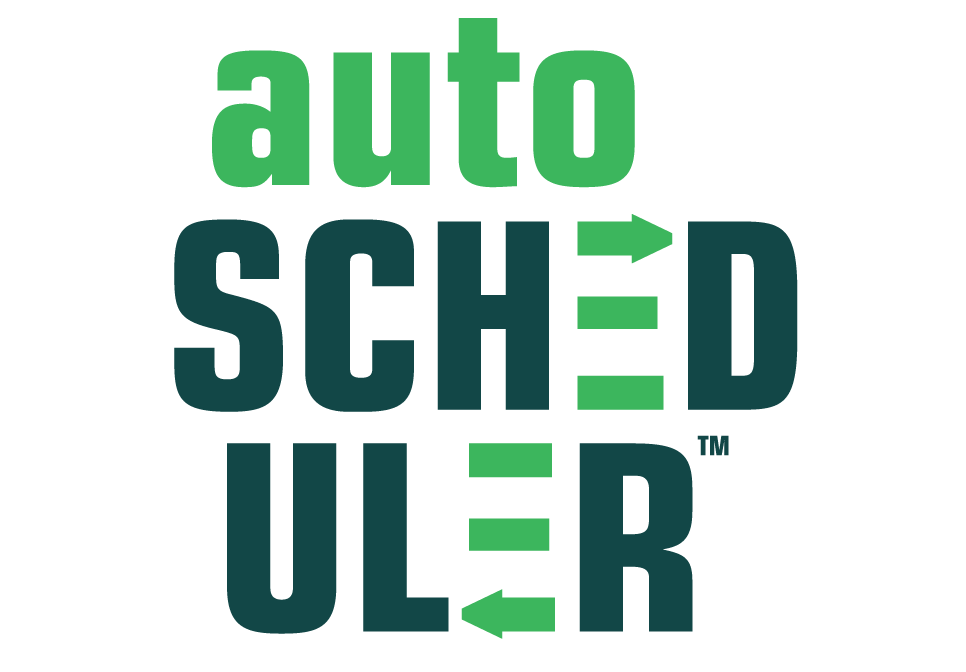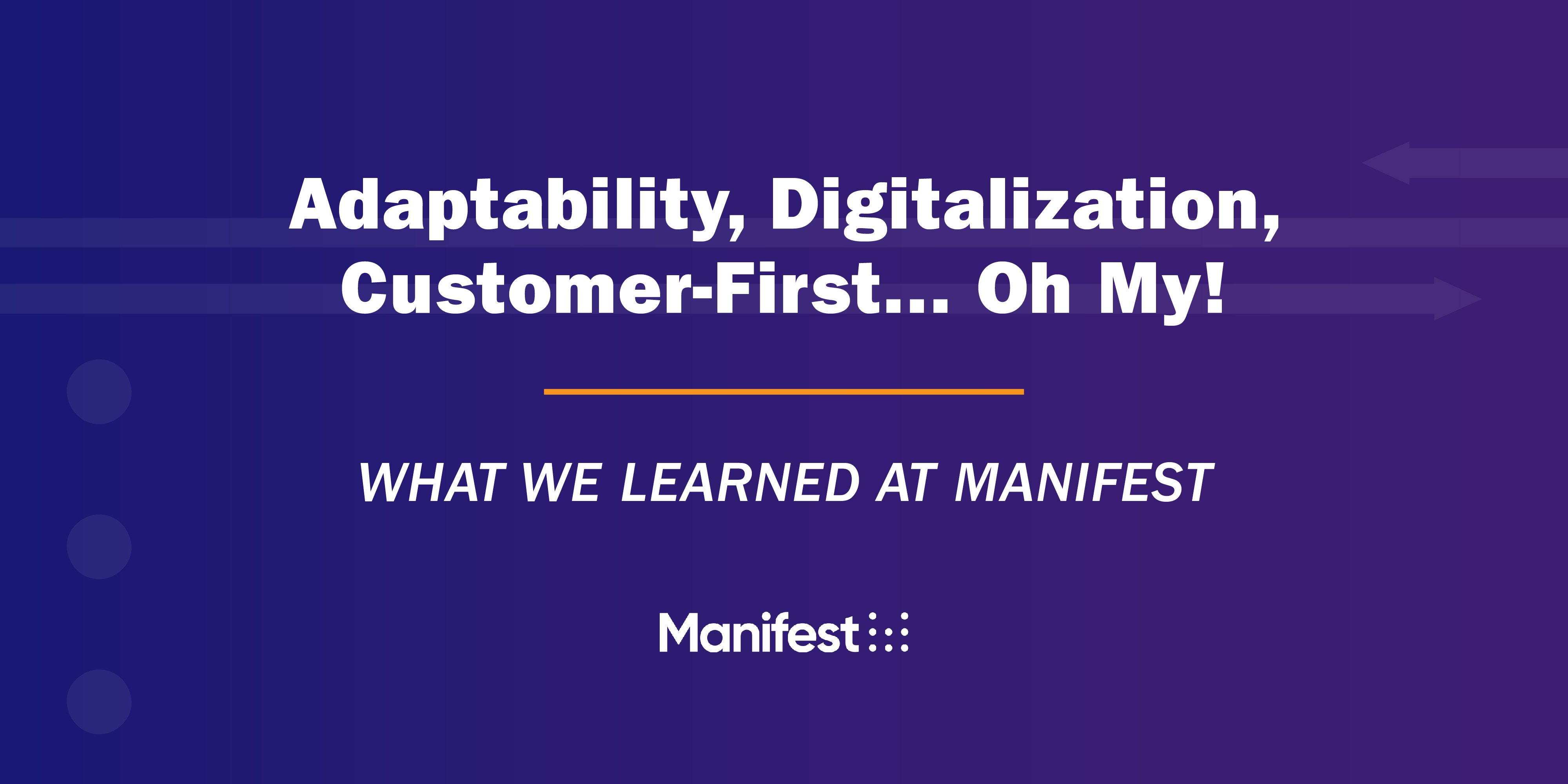Adaptability, Digitalization, Customer-First….Oh My!
What We Learned at Manifest 2024
By Keith Moore - CEO of AutoScheduler.AI
We had a kiosk at Manifest, where over 4600 supply chain and logistics executives gathered to learn about new innovative technologies, discover potential partnerships, and network. Here is what stood out to us as the most innovative ideas:
- Tracking goods is essential to monitoring a business's risk from a freight standpoint. Companies are breaking through traditional cargo freight monitoring practices by integrating IoT technology with large customers. Using IoT devices to track freight allows shippers to know the exact location of their goods in real-time as they move through the supply chain. Tracking goods can help shippers identify issues during transit, such as damaged goods or unauthorized detours. Shippers can monitor shipment statuses and alert customers if there is an issue with their shipment, mitigating risks and improving customer satisfaction.
- Given the complexities and uncertainties, you must be comfortable with ambiguity in the supply chain and expect change to be continuous. Adaptability is the key to overcoming the challenge of changing ambiguity into opportunity.
- With the Suez Canal issues rising and lead times increasing, supply chains will be forced to focus on geopolitical issues. Geopolitical issues affect ports, canals, routes, and logistics hubs, causing delays and increasing transportation costs. Supply chain managers must develop contingency plans, optimize logistics networks, and consider alternative transportation routes to maintain resilience in geopolitical challenges.
- Accelerated digitalization is at the forefront of most supply chain executives' conversations. Twelve accelerated digitization technologies supply chain teams are focusing on every day include:
- Assisted Picking Robots
- (un) Loading Technologies
- Intelligent Process Automation
- Packing Technology
- Smart Operations
- Supporting Robotics
- Goods-to-person robots
- AI & Data Analytics
- Sortation Technology
- Indoor Robotic Technology
- Wearable Devices
- Asset Tracking and Monitoring
- Most data in the world have one thing in common – it’s from the past – so it’s up to companies to use that data to create value for the future. Analyzing historical data can help companies forecast future demand more accurately. By identifying patterns, trends, and seasonality in sales history, companies can optimize inventory levels, production schedules, and procurement strategies to meet customer demand more effectively while minimizing excess inventory and stockouts. Identifying slow-moving or obsolete inventory items and adjusting stocking policies allows companies to free up working capital, reduce carrying costs, and improve inventory turnover ratios.
- Walmart is committed to building an ecosystem and fostering relationships with suppliers in India, having recently passed the $30B milestone over the last 20 years in sourcing goods from the country. Walmart sees India as a strategic market and plans to source $10B in exports annually by 2027. Similarly, Amazon India has secured $100M in funding to fuel its e-commerce market.
- Last mile delivery is changing - Keynote speakers at Manifest 2024 emphasized how consumer demands for quick and convenient delivery services lead companies to explore new technologies such as drones, electric vehicles, and AI for route optimization.
- Companies must focus on a Customer-first approach in logistics, using technologies to track deliveries and provide proactive communications to make the delivery experience a key differentiator.
- AI is more than a buzzword – it is now a critical tool in the supply chain to improve operational efficiency and customer satisfaction. AI solves complex logistics problems and offers a glimpse into a future where supply chains are smarter and more adaptive.
- Supply chain executives must have sustainability in mind, or they will be left behind. Sustainability and reverse logistics will be key focus areas for 3PLs and shippers in 2024. The circular economy is driving innovation in these areas.
Lastly, throughout all supply chain processes you collect data. You need to use this data to improve your operations. AutoScheduler takes data from multiple sources and uses capacity-constrained schedules to create plans and schedules that optimize the warehouse, improving on-time, in-full fulfillment for greater customer satisfaction. Contact sales@autoscheduler.ai today for more information or click here to learn how AutoScheduler drove over $4 Million in savings for Procter & Gamble.

